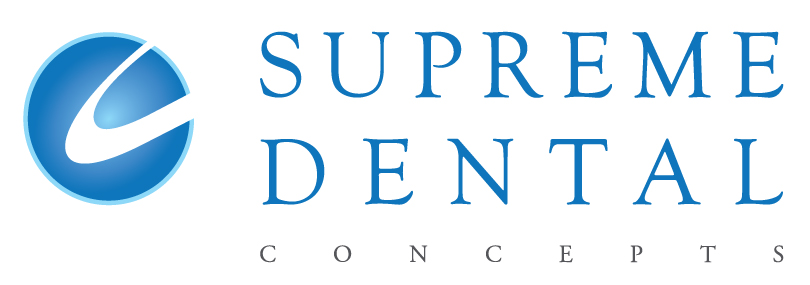Wellington:
(04) 801 6228
Lower Hutt:
(04) 570 0520
Throughout history, people have gone to great lengths to maintain oral hygiene, often employing methods that might seem bizarre to us today. This blog post will take you on a fascinating journey through some of the most unusual and, at times, cringe-worthy methods people have used to clean their teeth in the past.
Long before the advent of the toothbrush, ancient civilizations like the Babylonians and Egyptians used "chewing sticks." These were twigs with frayed ends used to scrub the teeth. Surprisingly, this method was somewhat effective and is a precursor to the modern toothbrush.
In Ancient Egypt, a dental concoction that might make you squirm was used: powdered mouse skulls. This unusual ingredient was believed to be effective in treating toothaches and keeping the mouth clean.
Yes, you read that correctly. Both the Romans and Greeks used human and even animal urine as mouthwash. The ammonia in urine was thought to cleanse and whiten teeth. This practice was actually somewhat effective, given the ammonia’s cleaning properties, but it's certainly not something we'd recommend today!
Before the invention of modern toothpaste, people often used a mixture of crushed bones and oyster shells. These ingredients were ground into a fine powder and used to scrub the teeth. The abrasive nature of this concoction helped remove plaque but could also damage the enamel.
In some cultures, salt and charcoal were used as a dental scrub. This mixture was abrasive enough to clean the teeth but, like bone and shell powder, could wear down tooth enamel over time.
In Medieval Europe, people sometimes resorted to using brick dust, crushed rock, or even burnt bread as tooth-cleaning agents. These harsh materials were effective at scraping off debris but often caused significant damage to the teeth.
In Elizabethan England, there was a rather unsettling practice of using bird droppings as a teeth whitener. This is one historical tooth-cleaning method that definitely did not stand the test of time!
In the 18th and 19th centuries, tobacco was sometimes included in toothpaste and powders. It was falsely believed to freshen breath and clean teeth, ignoring the severe health risks associated with tobacco use.
These historical practices highlight the lengths to which people have gone to maintain dental hygiene, albeit in some unconventional ways. Thankfully, modern dentistry and oral care have come a long way since the days of urine mouthwash and crushed bones. Today, we have many safe, effective, and (thankfully) more appealing options for keeping our teeth clean and healthy. While these ancient methods are fascinating from a historical perspective, they remind us to be grateful for our minty toothpaste and soft-bristled toothbrushes!

At Supreme Dental Concepts, we provide a comprehensive selection of cosmetic dentistry services designed to give you the confident smile you desire.
Our commitment extends to ensuring you look your absolute best.
As dentists, our training in injection techniques and facial anatomy during dental school equips us to preserve your youthful appearance, complementing your beautiful teeth.
